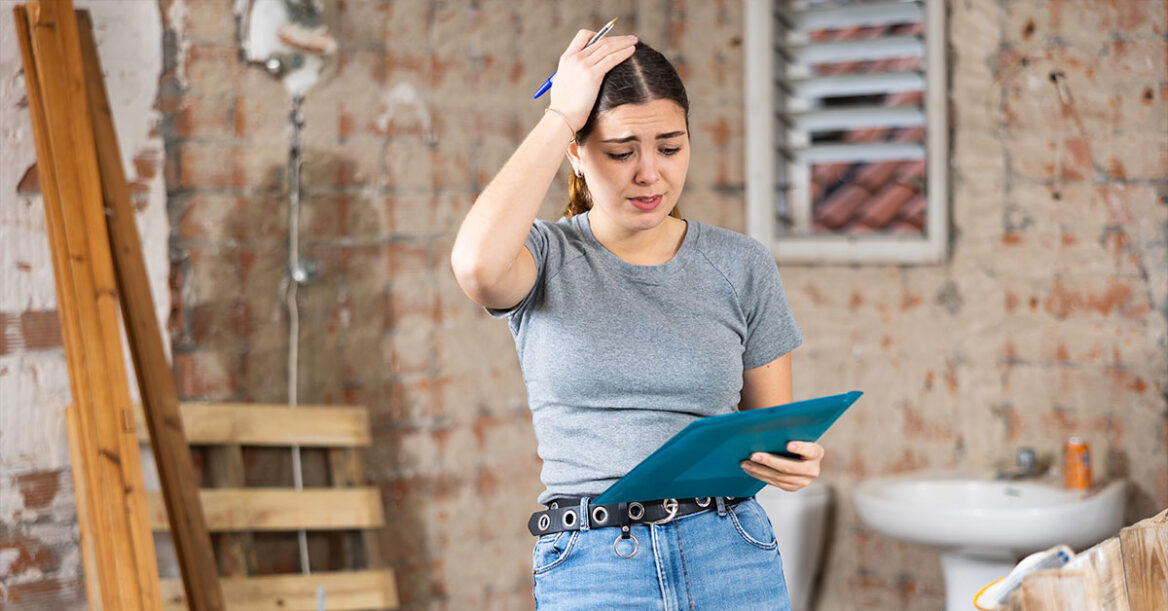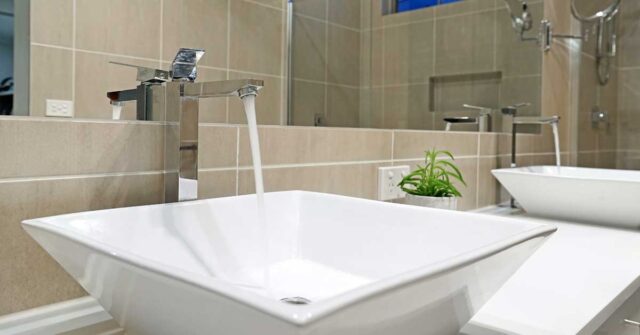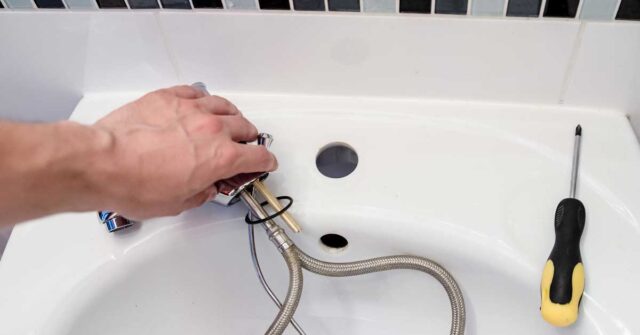Bathroom renovations are exciting projects that can transform one of the most-used spaces in your home.
However, they can quickly spiral into a costly and time-consuming ordeal if mistakes are made. Avoiding these common pitfalls will save you both headaches and dollars.
Introduction
Planning a bathroom renovation is no small feat. It’s an investment of time, money, and creativity. Yet, with so many elements to consider, mistakes are easy to make – and costly to fix.
This guide will help you dodge the common blunders and steer your renovation toward success, saving you time, money, and stress in the process.
Common Bathroom Renovation Mistakes
Many people approach bathroom renovations with great enthusiasm but often overlook critical details.
From planning mishaps to design blunders, several mistakes can derail your project. Below, we’ll explore the most common issues to help you steer clear of trouble.

Poor Initial Planning
Failing to plan is planning to fail. Skipping the planning phase can lead to a mismatch of design elements, inefficient layouts, and unexpected costs.
Map out your goals, measure your space accurately, and create a realistic timeline.
Underestimating the Budget
Renovations often cost more than anticipated. Include a buffer for unforeseen expenses—think plumbing surprises or material delays. A detailed budget helps you prioritise and prevents overspending.
Ignoring Professional Advice
While DIY enthusiasm is commendable, some aspects of a bathroom renovation require a professional touch.
Ignoring expert advice can lead to costly mistakes, especially in areas like plumbing, electrical work, and structural modifications. Consult with experts to avoid pitfalls you might not anticipate.
Choosing Trends Over Timeless Designs
Trendy designs might look fantastic now, but can quickly become dated. Opt for classic and functional features that stand the test of time.
Trends can serve as accents, but your primary choices should prioritise longevity and practicality.
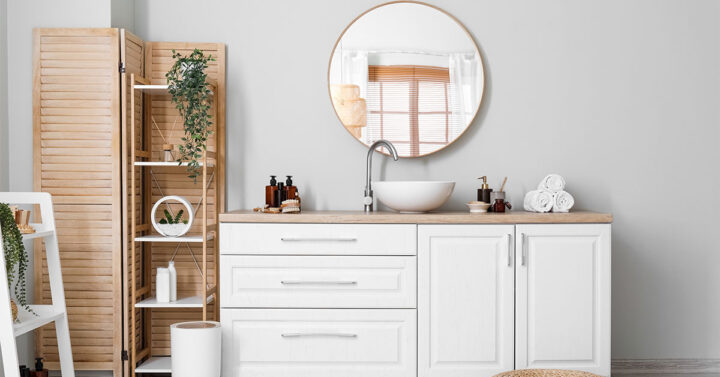
Insufficient Storage Solutions
Underestimating your storage needs is a common mistake that leads to clutter and inconvenience. Consider built-in cabinets, shelving, or creative nooks to keep your bathroom organized and functional.
Overlooking the Importance of Ventilation
Bathrooms are prone to moisture, and inadequate ventilation can lead to mould, mildew, and damage over time.
Install an exhaust fan or ensure there is a proper window to allow for airflow and keep your bathroom fresh and dry.
Improper Lighting Choices
Lighting in a bathroom isn’t just about ambience – it’s a key functional element.
Poor lighting can make tasks like shaving or applying makeup difficult. Use a combination of natural light, task lighting, and ambient lighting for a well-lit space.
DIY Plumbing and Electrical Work
Tackling plumbing and electrical work without the proper skills or certifications is not only risky but can also result in expensive repairs.
Leave these critical tasks to licensed professionals to avoid potential disasters.
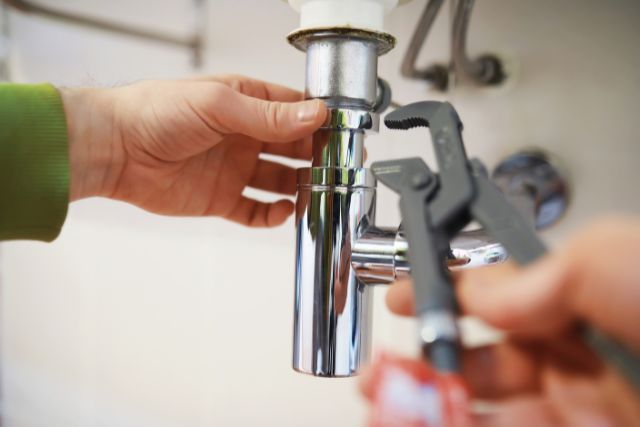
Neglecting Waterproofing Standards
Waterproofing is an essential part of any bathroom renovation. Cutting corners in this area can lead to leaks, water damage, and mould growth.
Always follow local building codes and use high-quality materials to protect your investment.
Failing to Future-Proof the Design
Consider how your needs may change over time. Features like grab bars, non-slip tiles, and a spacious layout can make your bathroom more accommodating as you age.
Planning for the future now can save you money on renovations later.
Planning For Success
Proper planning is the backbone of a successful bathroom renovation. With a clear roadmap, you can avoid missteps and create a bathroom that meets your needs and aesthetic goals.
Creating a Comprehensive Budget
Start with a detailed budget that accounts for materials, labour, permits, and contingencies. Don’t forget to allocate funds for unexpected expenses, which are common in renovation projects.

Defining Your Design Goals
Before tearing out tiles, decide on your bathroom’s style and purpose. Are you aiming for a spa-like retreat or a functional family bathroom?
Defining your goals early makes decision-making easier down the line.
Understanding Space Limitations
Not every bathroom can accommodate a freestanding tub or double vanity. Be realistic about your space constraints and work with them rather than against them. Good design maximises every square meter.
Scheduling the Renovation Process
Renovations take time, and unexpected delays are common. Create a timeline that includes buffer periods for things like delivery delays or unexpected repairs.
Communicate regularly with contractors to stay on track.
Expert Tips To Save Time and Money
When renovating a bathroom, efficiency and smart choices can make all the difference. Here are tips to streamline the process and keep costs in check.

Engage Skilled Professionals
Hiring experienced tradespeople might seem costly upfront, but their expertise can save you from expensive mistakes. They can also help optimise your design and work more efficiently.
Invest in Quality Materials
Cheap materials may save money initially, but often lead to higher maintenance costs or replacement needs. Choose durable, high-quality options for a bathroom that lasts.
Reuse or Repurpose Where Possible
Repurposing existing features like cabinets, mirrors, or fixtures can save money without compromising style. A fresh coat of paint or new hardware can make old items look brand new.
Plan For Energy and Water Efficiency
Opt for energy-efficient lighting, water-saving fixtures, and proper insulation. These choices not only reduce utility bills but also make your home more eco-friendly.
Leverage Smart Bathroom Technology
Consider integrating smart features like programmable lighting, touchless faucets, or a digital shower system.
While these additions may require an initial investment, they offer convenience and long-term savings.
Design Mistakes That Cost You Time And Money
A well-designed bathroom should be both functional and visually appealing. Unfortunately, certain design errors can compromise both, leading to wasted time and expenses.
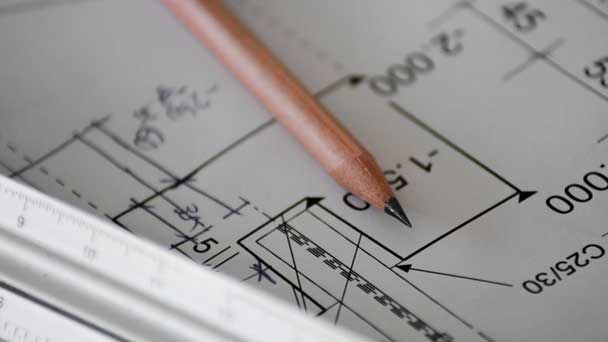
Overcomplicating the Layout
Trying to fit too much into a small space can make your bathroom feel cramped and inefficient. Stick to a simple, logical layout that maximises flow and usability.
Failing to Consider Plumbing Placement
Moving plumbing fixtures like sinks, toilets, or showers can significantly increase costs. Work within the existing plumbing layout whenever possible to save time and money.
Choosing the Wrong Fixtures and Fittings
Fixtures that look good but don’t suit your space can lead to buyer’s remorse. For example, oversized vanities can make a small bathroom feel even smaller. Always consider scale and proportion.
Ignoring Ergonomics in the Design
Bathroom design isn’t just about aesthetics. Think about how you’ll use the space. A poorly placed showerhead or an awkwardly positioned mirror can be a daily annoyance.
Opting for Cheap Materials
While it might be tempting to cut costs with budget materials, this often leads to quicker wear and tear. Invest in mid-range to premium materials that provide durability without breaking the bank.
Avoiding Maintenance Pitfalls
A well-maintained bathroom looks great and lasts longer. Avoid these common maintenance mistakes to keep your renovation in top shape.
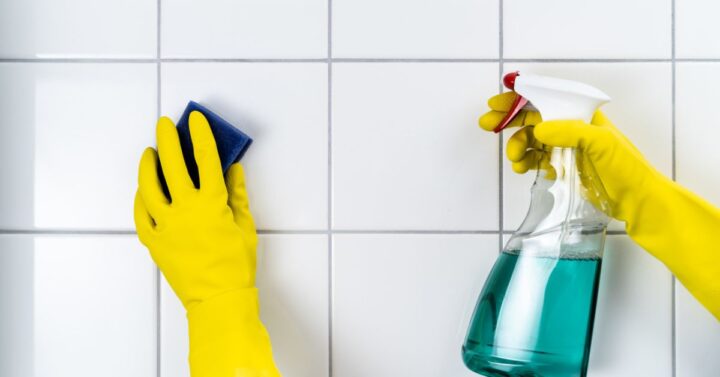
Choosing Hard-to-Clean Surfaces
Glossy finishes and textured tiles might look stunning, but they can be a nightmare to clean. Opt for materials that are easy to wipe down and maintain over time.
Neglecting Regular Grout Maintenance
Grout is often overlooked but plays a crucial role in preventing water damage. Regular cleaning and occasional resealing can extend its lifespan and keep your bathroom looking fresh.
Installing Fixtures Without Longevity in Mind
Trendy or cheap fixtures might not stand the test of time. Choose reliable brands and classic designs that won’t need replacing every few years.
Ignoring Proper Sealing Techniques
Sealing around sinks, tubs, and showers prevents water from seeping into unwanted areas. Always use high-quality sealants and check for wear periodically.
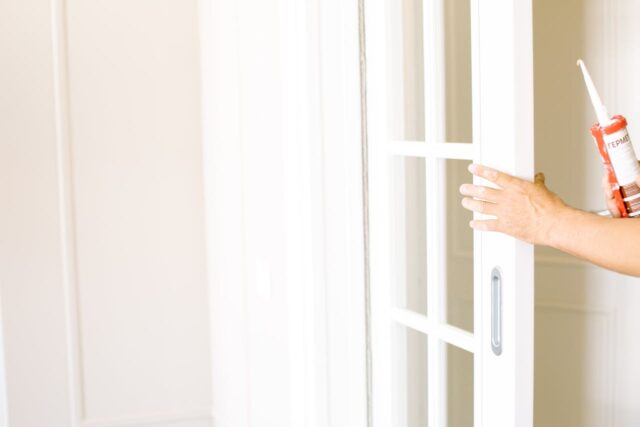
Additional Considerations for a Stress-Free Renovation
Beyond the basics, there are extra steps you can take to make your renovation process smoother and more enjoyable.
Anticipating Unexpected Delays
Delays happen, whether it’s a shipment issue or an unforeseen problem during construction. Build extra time into your schedule to accommodate these hiccups.
Working Within Local Building Codes
Each region has specific building codes for renovations. Familiarise yourself with these rules or hire a professional who can handle the compliance for you.
Ensuring Safety Standards Are Met
From electrical wiring to slip-resistant flooring, safety should always be a top priority. Double-check that your bathroom meets all required standards.
Communicating Clearly with Contractors
A successful renovation relies on clear communication. Discuss your expectations, ask questions, and stay in regular contact to avoid misunderstandings.

Conclusion
Bathroom renovations can be challenging, but with careful planning and attention to detail, you can avoid common mistakes and create a space that you’ll love for years to come.
By following this guide, you’ll save time, money, and stress while achieving the bathroom of your dreams. Now it’s time to roll up your sleeves and get started – your perfect bathroom awaits!

